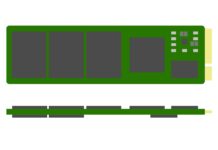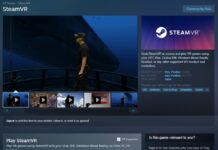Universal Flash Storage (UFS) Explained
What is UFS? UFS or Universal Flash Storage is a newer flash memory specification, with the intention to replace the slower eMMC (embedded MultiMedia Card) standard. It is designed by JEDEC, and was first...
Are Computers Truly Multitask?
Have you ever thought that how your computers/processors be able to handle all the tasks given to them? You can open a lot of browser tabs, multiple programs, and watching YouTube videos all at...
Why You Need A VPN Service
In this day and age, almost all information are transmitted and obtained through the World Wide Web. Online privacy and security become increasingly important to keep your personal data safe. Using a VPN is...
M.2 SSD Form Factor Explained
In recent years, the more compact M.2 form factor solid-state drives have taken over the traditional 2.5-inch in the market for high-performance storage. M.2, previously called Next Generation Form Factor (NGFF), is designed to...
Intel Optane Memory Explained
When Intel introduced the Optane Memory to the public in April 2017, people became confused about what is the use of this new type of memory. The memory module uses a normal M.2 slot...
MBR vs GPT – Partition Table Explained
When you plug in a newly-purchased HDD or SDD to the computer, the operating system will often ask you to initialize the disk. Have you ever wondered what the differences between MBR and GPT?...
Monitor Curvature Explained
Curved monitors have become more wide spread, whether they are a gaming-oriented displays or large 4K televisions. Based on your desk setup and preferences, you may want monitors to have slightly different curvatures. But...
The 3-2-1 Backup Strategy Explained
Data backup is extremely important for everyone, especially when we keep almost everything digitally in this age. Whether it is a hard drive or solid-state drive, accidental damages and malfunctions are hard to prevent....































